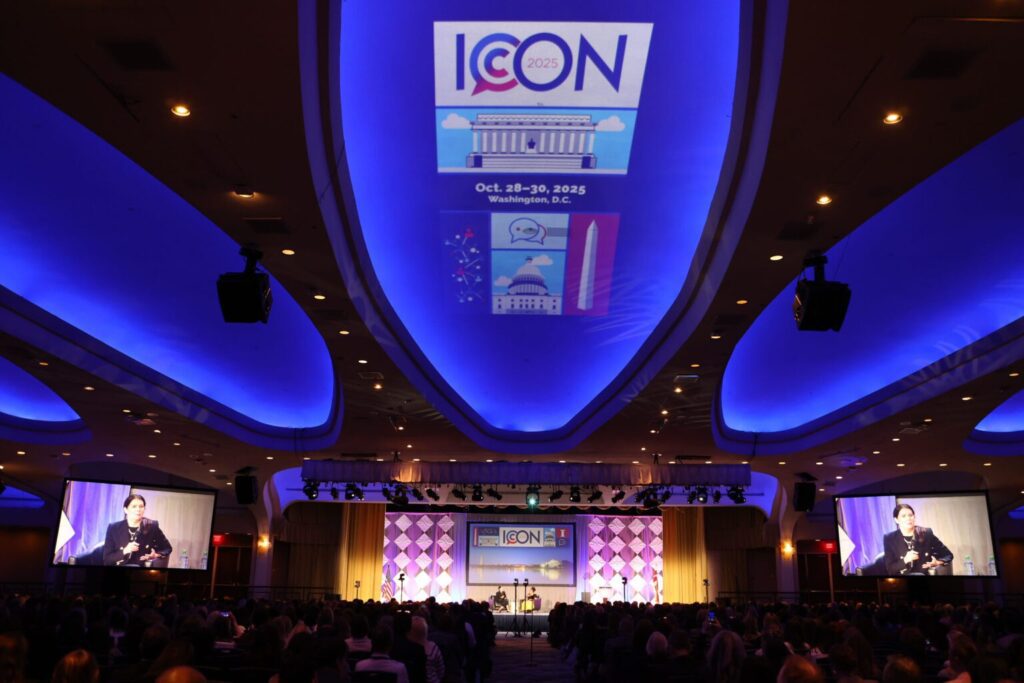egghead, which closed its last retail store three years ago, has revitalized itself as dot-com company. The Menlo Park, CA-based firm posted sales of more than $500 million last year, and is expected to report first quarter revenue of $110 million.
It largely owes this turnaround to two things: a pair of strategic mergers that got it into the auction business, and a marketing program it launched 18 months ago, according to Barry Peters, director of advertising for the restyled company, Egghead.com Inc.
Egghead, which once had 200 brick-and-mortar outlets, now has two online stores, which attract large business-to-business customers. And it operates an auction site popular with consumers and small businesses, particularly in the home-office segment.
In 1998, hoping to drive visitors to its Web site (www.egghead.com), the firm launched a marketing program with Digital Impact, a San Mateo, CA-based Internet marketing agency. Since then, Egghead has generated average annual sales totaling $810 per customer for computer hardware, peripherals and accessories. The average amount spent per single order is $217.
About half the aftermarket products Egghead sells are on consignment, and the rest consist of acquired overstocked inventories, discontinued product models and older technology no longer promoted by retail stores.
More than one million Web site shoppers per week respond to the firm’s banner advertising and e-mail campaigns, mostly to request information, make a purchase or participate in online auctions. An average customer spends 20 minutes at Egghead’s Web site, according to Neilsen NetRatings.
The firm got into auctions in 1997, around the time it closed its last 80 stores. when it acquired an auction Web site called surplus.com. Last year, Egghead merged with Onsale, Inc., an online auction competitor. The new combined auction uses the Egghead name because of its greater brand recognition.
Most auctions last 24 hours with bids submitted by e-mail and displayed online. One hour auctions are held to offset predictable lulls in online Web site traffic during the longer auctions. The Web site content is updated every 15 minutes.
Egghead targets between 150 million to 200 million banner ads monthly to selected Web sites. Banner ads pop up along with search results lists triggered by online searches using keywords such as “modem.”
“We have two segments of very targeted banners that pull a high response,” Peter says. “A good response is double digit, typically 7% to 12%, but some very targeted campaigns get 20%.”
Compared to text-only e-mail or banners Egghead pulls three to seven times greater response with HTML formats enabling it to include animated artwork. Database sensors determine which of the two formats the targeted recipient is capable of receiving.
Egghead buys banner space on computer oriented and general interest Web sites. Depending upon how specialized an audience a Web site attracts Egghead pays between $10 to $70 per 1,000 banner ads distributed.
There’s little segmentation data for banner advertising and e-mail is available from online media vendors. “It’s not that refined yet, but we can identify first time clicks, ZIP codes and the Internet service provider being used,” Peters says.
Egghead relies on data from customers who fill out online forms to identify product categories that interest them to receive e-mail updates about future online auctions. By using self-supplied customer profiles for targeting e-mail Egghead is able to keep its list opt-out rate below 1%, Peters says.
Egghead launches e-mail campaigns six days a week. Weekly e-mail circulation ranges between 10 million to 12 million pieces for various campaigns targeting 3.8 million customers registered on its Web site.
A typical e-mail campaign of 1.5 million pieces targets 50 to 60 main customer segments plus smaller subgroups. In some instances consumers, businesses or resellers are targeted individually. “We’re getting down to one-to-one marketing. The more week know about a customer the more we can segment,” Peters says.
Two kinds of targeted e-mail promotions are used. One is for building traffic and more recently Egghead has been developing automated e-mail campaigns to target cross selling and upselling offers to customers who make purchases.
Egghead segments its database to provide Digital Impact with its 60% most responsive customers for targeting, while Egghead tests lower responding list segments in-house. “About 40% of our list is not very responsive and rather than pay Digital to figure why, we’re playing with it,” Peters says.
Egghead also generates Web site traffic with radio and television advertising. “We can easily measure advertising response by market sectors, by watching Web site traffic response or traffic increase,” Peters adds.



